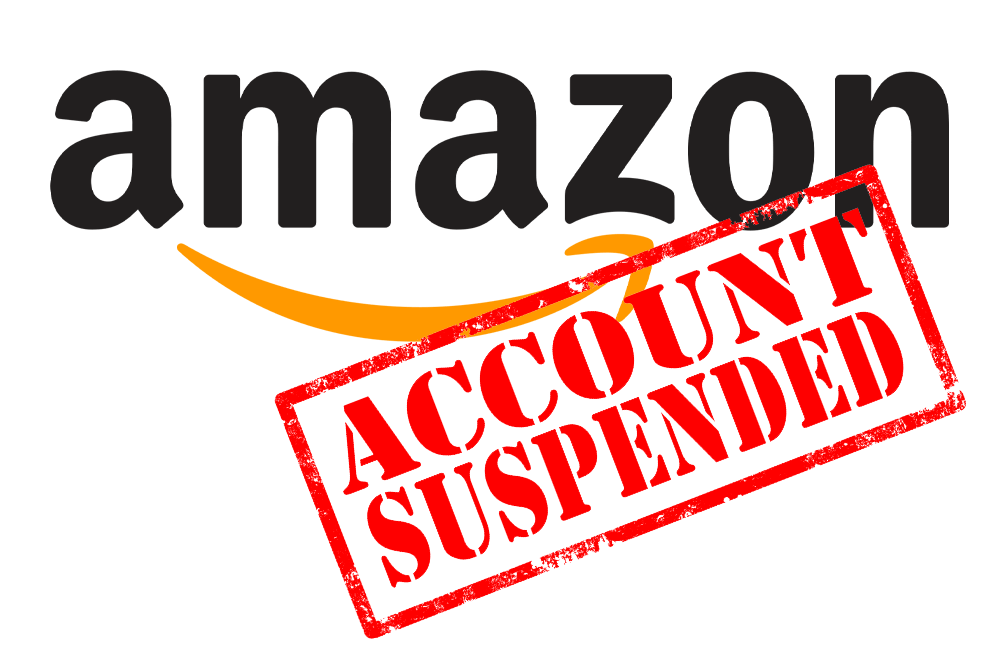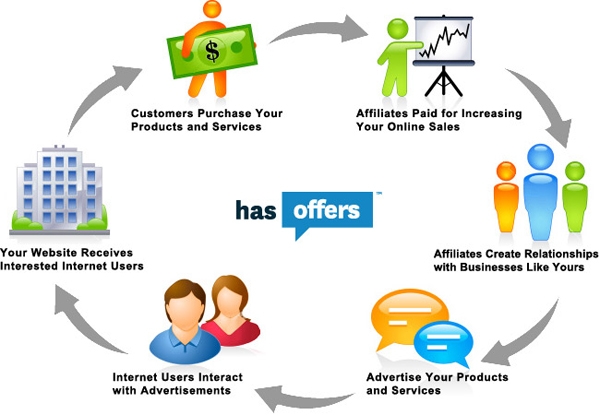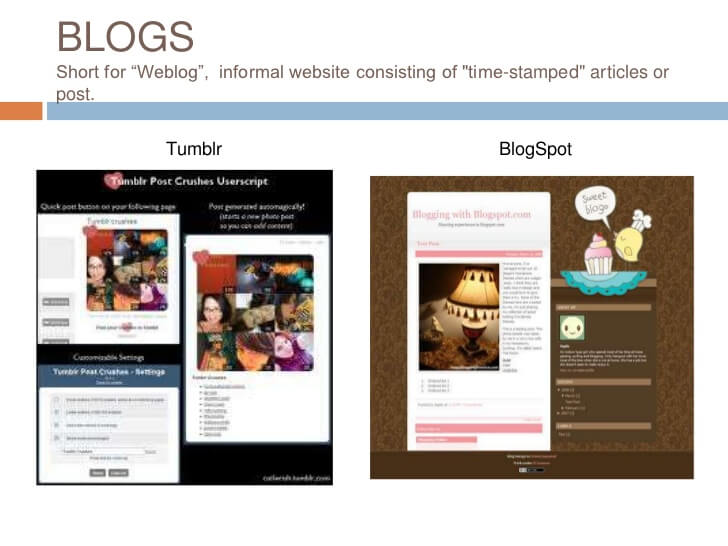Whether you are a web designer, a marketing professional, or simply a person looking to promote your site online, you may have heard about keyword research. These are the terms that people use when searching for products, services, or general information.
Search engine optimization professionals use these terms to find keywords that will help to drive targeted traffic to your website.
Long-tail keywords
Using long-tail keywords is a great way to attract high-intent traffic to your site. This kind of traffic is more likely to convert.
Also, it is less expensive to generate than other types of traffic. Long-tail keywords can also be used to boost your AdWords campaigns. Unlike broad keywords, long-tail keywords are targeted to a particular niche of products and services. Long-tail keywords tend to have less competition and less traffic, meaning you are more likely to attract the type of high-intent traffic you are looking for.
If you have not yet used long-tail keywords in your marketing, it may be time to start. This can help boost your marketing efforts and increase your advertising ROI. There are several tools that can help you find long-tail keywords.
However, it is important to note that there is more to keyword research than just numbers. The first step in keyword research is writing down your mission. This should be a short description of what your site is about and what it can do for your visitors.
Next, you’ll need to create a list of long-tail keywords. You’ll want to include the long-tail keywords in your anchor text and in your page copy. It’s important to keep the words natural. This will help search engines understand your page better.
You may want to use a free keyword tool to find long-tail keywords. One of the best tools is Answer the Public. This tool will generate long-tail keyword searches based on your seed keyword. However, it doesn’t give you the search volume data. Another good tool is HubSpot’s SEO Marketing Software.
This software is an all-inone tool that can help you plan your SEO strategy, optimize your content, and measure your return on investment. It also has a content topic clustering feature. This will help you find keywords based on popularity and relevance. The best way to use long-tail keywords is to group them into clusters that match the search intent of your visitors.
This will help you build the value of your site and improve your rankings.
Transactional keywords
Using transactional keywords is a good way to get potential customers to take a desired action. This could be to purchase a product or engage with a business. This could be on the web or in a brick-and-mortar store. There are a number of metrics to consider when it comes to SEO.
This includes keyword volume, search quality, and search ranking. These metrics are usually based on the business’s goals and objectives. However, these metrics are not always publicly available.
There are also third-party sources such as Google that provide data on competitiveness. Using the right transactional keywords is an important part of any content strategy. Aside from utilizing keywords, you will want to implement a strong content strategy.
This includes optimizing your landing pages for transactional keywords. As mentioned above, these keywords have the best conversion rate. This means that they are a good target for your SEO campaign. Another interesting tidbit about transactional keywords is that they occur both online and offline.
This is especially true for products that are not readily available in stores. Therefore, you can use them on your service pages to help convince your audience to buy your product. They also make for a great product comparison tool. In the world of search marketing, transactional keywords are the holy grail. They have the highest conversion rate and the best ROI of any search metric.
You will want to utilize these keywords on your landing pages to ensure that you are seen at all stages of the buying process. This includes the smallest and largest of the purchase funnel. The best way to determine which transactional keywords to use in your campaign is to use a tool like the Keyword Gap.
This tool allows you to compare the organic rankings of several keywords. You can also use filters to find affordable CPC keywords. The keyword list generator will provide you with a list of transactional keywords that are available in both English and Spanish. The tool also includes a French, Hindi, and Chinese version of the list.
Answering the questions people have
Identifying the most relevant questions your audience has is a crucial step in the process of building a successful digital marketing campaign. This is especially important if your goal is to convert prospects into paying customers. It’s also a good idea to leverage the synergy from your data.
The best way to find out which question your audience is asking is to conduct targeted research. Aside from asking your prospects directly, you may also want to explore their social networks. Facebook and LinkedIn are particularly helpful as they offer insights into your audience’s demographics.
You should also check out your website’s analytics to see which areas of the site are most active. This can also serve as a guidepost for future content creation. You may also want to take a close look at your audience’s questions and complaints, especially those that are more emotional than technical in nature.
The more you know about your audience, the more you can tailor your content and messaging.
Likewise, you should be careful to ensure you’re not leaving your prospect looking for an expert to guide the way. Creating compelling content is a tough task for any writer, and the challenge can be even greater when you don’t know who your audience is.
The best way to do this is to make sure you have a solid content strategy in place. Having a coherent plan in place will ensure you’re not wasting your time and money on content that doesn’t matter to your audience.
Creating a content strategy will also help you ensure you’re writing content that will stand the test of time. While you’re at it, make sure you’re testing your questions with a yes-or-no answer to see if you’re actually getting the results you want.
This is a simple process that can be implemented with a few clicks of your mouse.
Solving keyword cannibalization issues
Identifying and fixing keyword cannibalization is crucial for your site’s search engine performance. It can have a negative impact on your conversions, connections, and traffic. The first step in tackling keyword cannibalization is to determine how many of your pages are competing for the same keyword.
This can be a tricky task, since not all instances of cannibalization are caused by the same problem. You can use Google’s search to identify pages that are competing for the same keyword. Simply type your domain and the keywords you want to check.
You can also check through Google Search Console. You’ll see a list of cannibalized pages. The second step is to review your keyword rankings. You can do this with a keyword rank tracker, such as SerpLab. SerpLab tracks the top ranking URLs in Google SERPs. It also provides an overview of each keyword. If you see a drop in ranking or a spike, this indicates that one or more of your pages are cannibalizing on a keyword.
Changing your focus keyword can also help. For instance, if you have two pages that each focus on the keyword “roof shingle prices”, you can combine them into one in[1]depth post about shingle prices. You can also rewrite your content to target a more diverse range of terms. 301 redirects are also a useful tool for resolving harmful cannibalization.
These 301 redirects consolidate cannibalized content, preserving link authority and avoiding cannibalization of traffic from better pages. However, too many 301 redirects can make a site seem unreliable. To resolve harmful cannibalization, you can rewrite your content, update your meta information, and update title tags.
You can also perform new keyword research. This can help you diversify your authority. You should also consider deleting cannibalized pages. These pages may offer little value to readers, and can also cannibalize traffic from better pages.
However, this is the last resort. Before deleting a page, make sure that it’s an essential part of your site’s content. Also, if it has inbound links, follow up with a 301 redirect.







